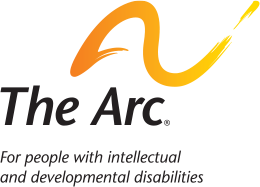Project TENDR Researchers Applaud CDC Action to Protect More Children From Neurotoxic Exposures and Anticipate Sweeping National Change
The Centers for Disease Control and Prevention (CDC) today issued a new value for the level of lead in children’s blood considered to be elevated, tightening the standard from 5 micrograms/deciliter to 3.5 micrograms/deciliter. The CDC announcement coincided with the Biden Administration’s release of a government-wide plan for preventing lead exposure in children, focused on protecting those most at risk.
More than half of U.S. children have detectable lead levels, with children in poverty and Black children more likely to suffer higher lead levels. Black children living below the poverty line have higher blood lead levels than White or Hispanic children living below the poverty line. In 2012, the National Toxicology Program found lasting effects on children’s academic achievement, IQ, attention, and behavior at lead levels below 5 ug/dL. No level of lead is safe in children, according to the CDC.
In August 2021, more than 40 scientists, health professionals, and advocates as part of Project TENDR (Targeting Environmental Neuro-Development Risks) sent a letter urging CDC to revise the children’s blood lead level without further delay. In 2017, Project TENDR experts published recommendations in JAMA Pediatrics for establishing and achieving national goals to eliminate childhood lead exposure, which were then adopted as policy by the American Medical Association.
Dr. David Bellinger, with Project TENDR and a neuropsychologist and epidemiologist at Boston Children’s Hospital and Harvard University, has researched low-level effects of lead on children’s brains for decades. Bellinger states, “Exposure to any amount of lead threatens the developing brain. The new CDC standard should catalyze a sweeping nationwide effort to identify and eliminate all sources of lead affecting children – from aviation gas to housing, from baby food to water pipes.”
Dr. Mark Mitchell with Project TENDR is an expert on environmental health justice at George Mason University and co-chairs environmental health efforts for the National Medical Association. Dr. Mitchell said, “Every agency must leverage the CDC’s revised lead standard toward protecting the children most at risk of harm – those living in poverty and Black children. These exposures are preventable and should not be tolerated in a just society.”
Project TENDR is a collaboration of leading scientists, health professionals, and advocates protecting children’s brains from toxic chemicals and pollutants. Project TENDR is a program of The Arc, the largest national organization advocating for and with people with intellectual and developmental disabilities, and serving them and their families.








